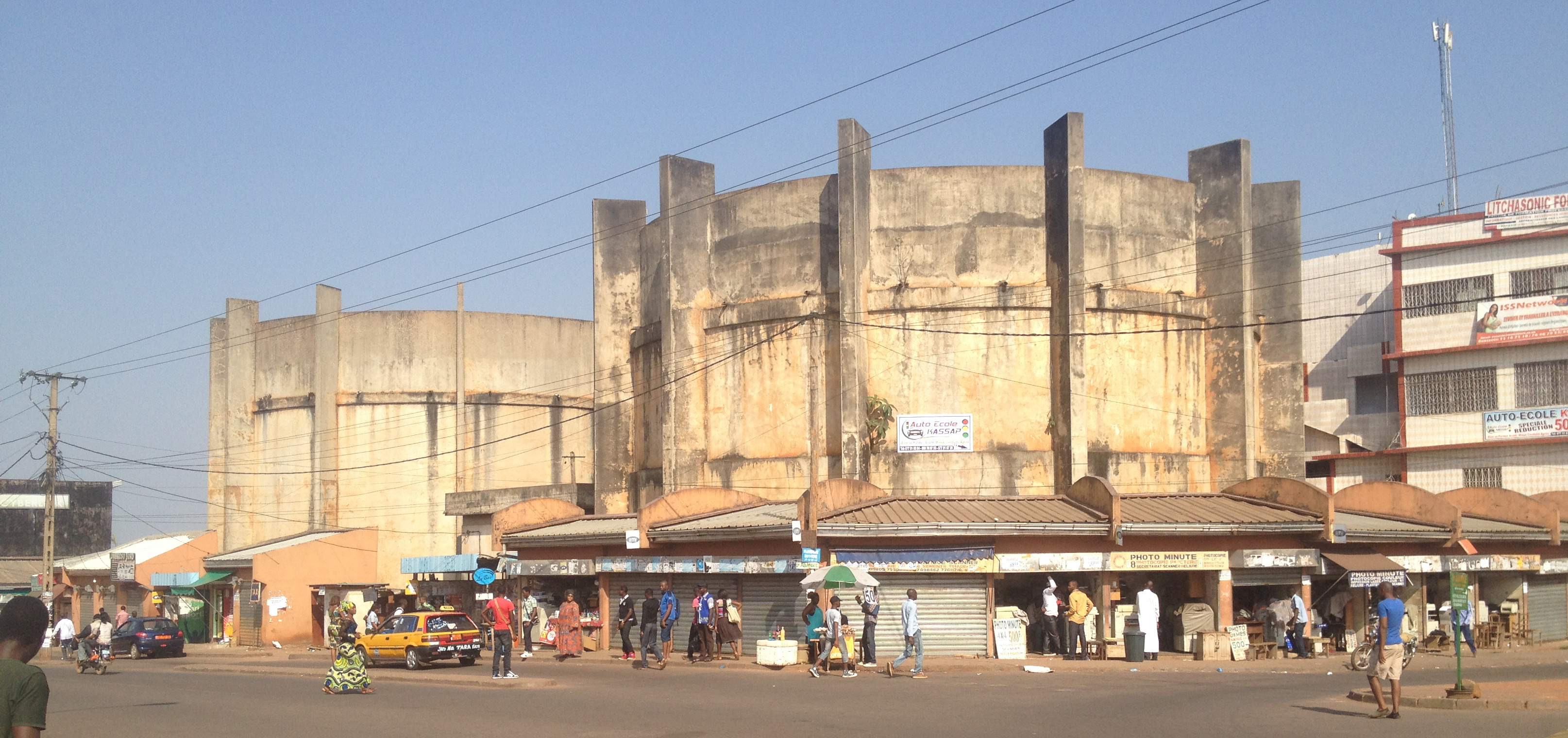Cameroon is no exception to the impacts of climate change, as the country is already facing an abnormal recurrence of extreme weather phenomena such as violent winds, high temperatures, and heavy rainfall, which endanger communities’ ecosystems and the services they provide. Cameroon is particularly exposed because of its territories in the Sahelian zone, which are hit hard by desertification, and its territories in coastal areas that are threatened by rising sea levels.
Steps Towards Developing the NAP
To reduce the vulnerability of communities, property, and ecosystems to climate risks, Cameroon initiated the process of developing a National Adaptation Plan for Climate Change (NAPCC) in October 2012, ending in May 2015 with the endorsement of the Plan. In 2016 an estimated €1.5 billion was required for implementing the NAPCC as part of the country’s Intended Nationally Determined Contribution. Thus, the NAPCC became part of the Paris Agreement, and should benefit from the financial pledges with legal force under the United Nations Framework Convention on Climate Change. Global Water Partnership Cameroon was a key player in this work.
Cameroon’s Ministry of Environment, Protection of Nature and Sustainable Development (MINEPDED), in collaboration with GWP Cameroon and the United Nations Development Programme (UNDP) Cameroon country office, organised a national workshop to present and validate the country’s National Adaptation Plan (NAP) in August 2014. Following an analysis of the depth of work required to finalise the NAPCC document, the MINEPDED established a taskforce to integrate comments and recommendations from the validation workshop into a final consolidated NAPCC report. GWP Cameroon was a member of the taskforce, supporting the process of finalisation by providing two experts with the specific responsibility of mainstreaming water sector issues into the NAPCC document and support the costing of approved adaptation projects.
Building a NAP Investment Strategy
In 2016, to strengthen their partnership for effective fundraising for the NAPCC implementation, MINEPDED and GWP Cameroon started work on a National Investment Plan for Adaptation on Climate Change. The priority actions of the NAPCC, aimed at reducing vulnerability in the key coastal and Sudano-Sahelian areas of Cameroon, were reported in the national investment plan with an estimated budget of 60 billion Central African CFA francs (€91 408 296,00). The investment plan served as the basis for the budgeting section of Cameroon’s Intended Nationally Determined Contributions in 2016, and was presented as the operational framework of NAPCC, as a national and external fund investment planning document, and as a governance tool enabling the visibility and coordination of actions.
GWP’s contribution has been acknowledged by Cameroon’s Ministry of Environment:
“The support brought by GWP to the Ministry of Environment in the search of funding is really a big step in the framework of cooperation with Cameroon: the Ministry of Environment is open and ready to work with partners so that the nationally approved adaptation and mitigation measures are effectively implemented as a means of reducing the negative impacts of climate change in Cameroon.”
GWP provided additional NAP-related support through the capacity development components of the Economics of Adaptation and Water Security and Climate Resilient Development programmes in Africa. The focus has been on training personnel from key ministries and other government agencies to mainstream climate resilience and water security in the planning and implementation of national development projects and programmes, with priority given to no/low regret adaptation options.
GWP helped to reduce the vulnerability of Cameroonians to the effects of climate change by working through the multiple steps involved in the NAP and investment planning processes, and ensuring that stakeholders were meaningfully involved at all relevant stages. This has improved resilience, quality of life, and the adaptive capacity to create new opportunities to support Cameroon’s sustainable development.
Photo: The water storage units called “Châteaux” in Yaoundé; seen from the main gate to the campus of University of Yaoundé Credit: Bdx via Wikimedia Commons

